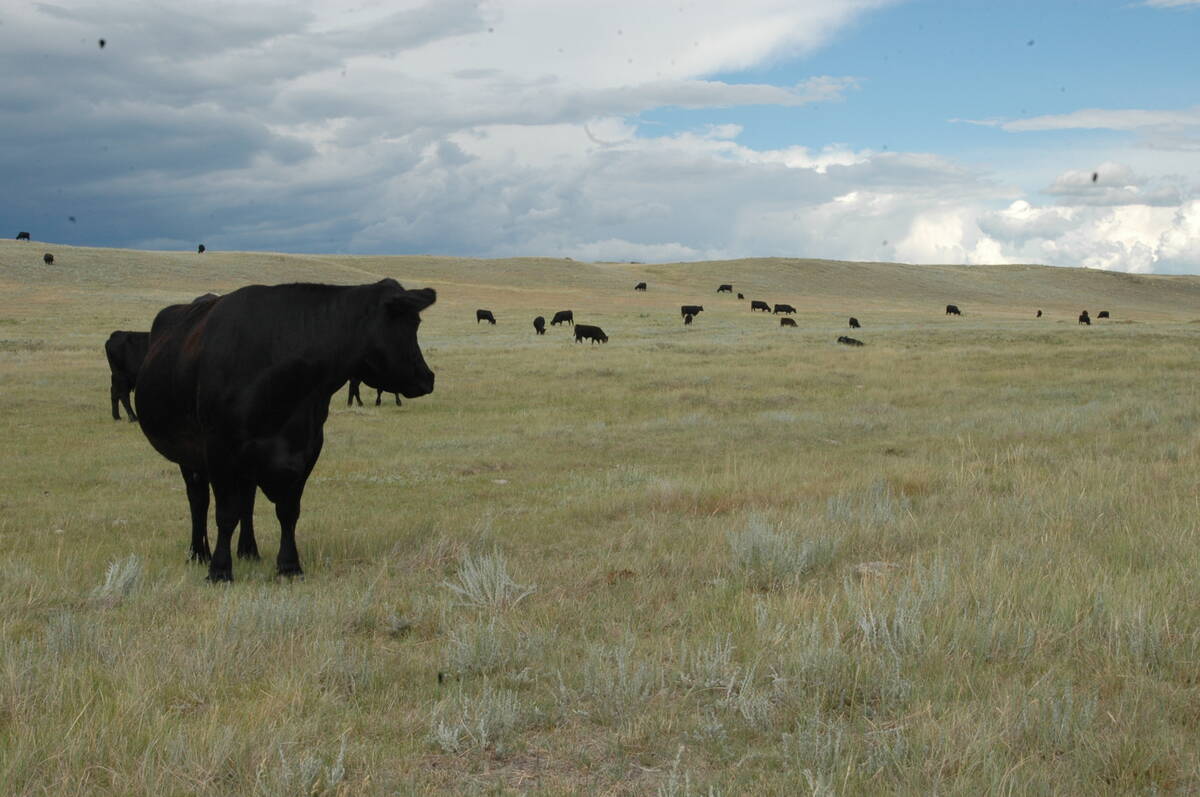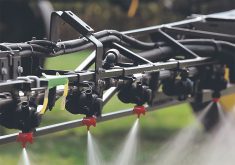REGINA — A Canadian crop protection manufacturer says it has about 14 products registered in the United States but only one in Canada because of regulatory barriers.
Darren Anderson, chief executive officer of Vive Crop Protection in Mississauga, Ont., told the House of Commons agriculture committee that its first Canadian product was just registered in 2023. That was seven years after it was first approved in the U.S.
Why it Matters: Canadian farmers have long complained they don’t have access to products as quick as their American counterparts because of Canada’s rules.
Read Also

Saskatchewan Cattle Association struggles with lower marketings
This year’s change in the provincial checkoff has allowed the Saskatchewan Cattle Association to breathe a little easier when it comes to finances.
He said Canada has the opportunity to be the “trusted science-driven regulator that companies look to first,” now that the Environmental Protection Agency is underfunded and backlogged, but that won’t happen without regulatory reform.
“To be blunt, we would prefer to be commercializing in Canada as much as possible. There’s a real need here,” Anderson said.
“The challenge is around having a predictable and efficient regulatory process where we can really get our innovations here faster than we can in the U.S.”
Vive is backed by investors who want a return, and a delay of several years is not palatable to them, he said. That creates a lack of capital investment in Canada.
He recommended Canada revise its pre-market consultations to improve government transparency and predictability, leverage regulatory reviews from trusted jurisdictions and transform the Pest Management Regulatory Agency into the most efficient regulator in the world by reallocating existing fund.
“Modernizing the PMRA is not just about speed or red tape reduction; it’s about economic policy, competitiveness, food security and sustainability,” he said.
“We cannot afford another lost decade.”
Daniel McCann, CEO of Precision AI Inc., said regulation is preventing farmers from becoming more efficient. Waste is significant, he added.
“We overfertilize, we overspray, we do a lot of things that are bad for farm sustainability but also bad for farm economics,” he testified.
Precision AI developed technology to recognize and spray only weeds in a crop. He said field trials found its use could reduce pesticide by 83 per cent and fertilizer by 60 per cent while improving yield by two per cent. That amounts to more than $100 per acre, he said.
However, the technology can’t be sold in Canada.
He said Canada should create a regulatory sandbox, where innovators could test products. Approval timelines have to be predictable, and approvals should be consolidated. Right now, different departments and agencies are involved and he said a regulatory concierge could help innovators move more quickly.
McCann also said approvals from trusted partners should be accepted.
That was echoed by the third member of the panel appearing at the meeting.
Tyler McCann, managing director of the Canadian Agri-Food Policy Institute, said the federal government must adopt a smart regulatory approach.
He recommended a new Canadian Food Inspection Agency ministerial advisory body.
“The board should first be given 30 days to provide recommendations on strategic reform of the CFIA and other regulatory agencies, including the PMRA and the grain commission,” he said.
The Agile Regulations Table must be reformed and given the independence and mandate to establish modernization priorities and tools to hold agencies to account.
Annual hearings with stakeholders would inform government of priorities and recommendations.
McCann said a regulatory ombudsman could solicit feedback from stakeholders and report publicly on challenges, while recommending further reform.
Liberal MP Sophie Chatel asked if an ombudsman would help.
McCann said there isn’t a single solution.
“One of the current issues is that those who are responsible for the decision making, there is no accountability,” he said through a translator during the meeting.
“We need somebody who could shed light on what’s happening with an agency in order to inform us on the reasons why some decisions are made.”
Earlier in the meeting, Conservative MP John Barlow asked federal agriculture minister Heath MacDonald if he intended to follow through with the government’s commitment to apply an economic lens at CFIA and PMRA.
MacDonald said he will challenge the agencies to do so. He noted there have already been some changes.
Saskatchewan Conservative MP Steven Bonk asked about the emergency use of strychnine to control gophers and whether the government had a plan to compensate farmers for severe crop loss.
MacDonald said he would support an emergency exemption.
The committee took a break from its study of regulatory reform and modernization in late October, with meetings about implementing the Grocery Code of Conduct and the issue of broiler chicken entering Canada illegally as spent fowl.
















